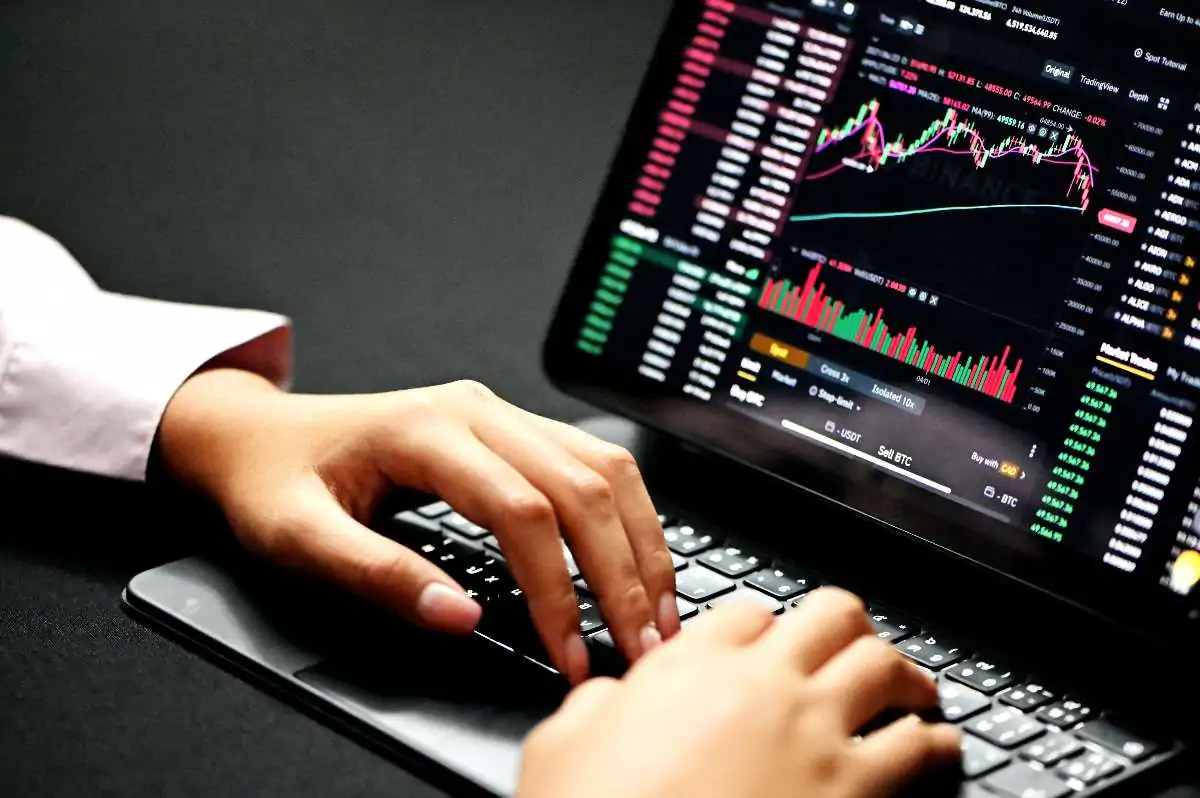
The forex market is an extensive and highly liquid financial market, with a daily turnover of over six trillion dollars. Investing in the arena can be profitable for individuals and organisations. However, certain risks come with forex trading, which must be taken into account by anyone looking to enter the field. This article will examine the primary risks associated with forex trading in the UK, outlining what they are and how best to guard against them.
Volatility risk
Volatility risk is one of the most prominent threats to forex trading in the UK. This risk arises due to sudden price changes in currencies, which can result in unexpected losses for forex investors. Forex traders must understand the market and be aware of factors leading to volatility, such as political or economic events. Furthermore, it is also vital to employ strategies that reduce risk, like limit orders and diversification, to minimise losses.
Capital loss risk
Another risk inherent to forex trading is the potential for capital loss, which arises when forex traders cannot accurately predict price changes, resulting in losses that may exceed their initial investment. To guard against this risk, forex traders should use stop and limit orders, as these can be used to control losses and protect against significant capital losses. Forex traders should also employ risk management strategies to limit potential losses and preserve their capital.
Leverage risk
Leverage is a powerful tool for forex traders but can also be perilous if not managed correctly. Leverage enables forex traders to amplify their potential profits and losses, which can be beneficial and dangerous if forex prices move in the wrong direction. Forex traders should employ conservative strategies to minimise leverage risk and monitor their investments closely to ensure that any losses remain manageable.
Currency rate risk
Currency rate risk is also an issue, as currency exchange rates constantly shift and can lead to losses for forex traders. Forex traders must know the factors influencing currency rates, such as economic indicators and political events, and use this knowledge to inform their strategies. Furthermore, forex traders should also consider hedging strategies to protect against currency rate risk.
Technology risk
Forex traders should also be aware of the potential for technology failures and cyber-security risks when trading forex on platforms. Technology failures can lead to delays in executing orders, resulting in losses for forex traders. Cyber-security threats can also result in forex traders losing their investments. To guard against these risks, forex traders should use reputable forex trading platforms and ensure their accounts are protected with strong passwords and two-factor authentication.
Counterparty risk
Counterparty risk is another potential danger for forex traders, which arises when forex trading platforms fail to adhere to the agreed-upon terms and conditions, resulting in losses for forex traders. To guard against this, forex traders should only use reliable and regulated forex trading platforms that have a proven track record for security and customer service.
How to manage risks in forex trading
Managing forex trading risks is essential for forex traders to protect their capital and maximise profits. To achieve this, forex traders must understand the various risks associated with forex trading and employ strategies to mitigate them.
Assess the forex market
It is essential to understand forex trading before entering into a trade. Forex traders should assess the markets, including currency pair volatility, current exchange rates, and other economic indicators. It can help forex traders assess potential risks associated with forex trading and employ strategies to manage them.
Assess your risk tolerance
Forex traders must also consider their risk tolerance and adjust their strategies accordingly. Some forex traders may be more comfortable with higher-risk investments, while others prefer a more conservative approach. Forex traders should determine what level of risk they are willing to accept before entering into forex trades.
Use stop and limit orders
Stop and limit orders are powerful tools to protect forex traders against losses. Stop orders can automatically close a forex position when the currency pair hits a particular price. In contrast, limit orders can ensure profits by setting an upper or lower price point.
Employ hedging strategies
Hedging strategies can help forex traders protect their investments during a market downturn. Forex traders can minimise their losses and maximise potential profits by using hedging techniques such as forward contracts and options.











